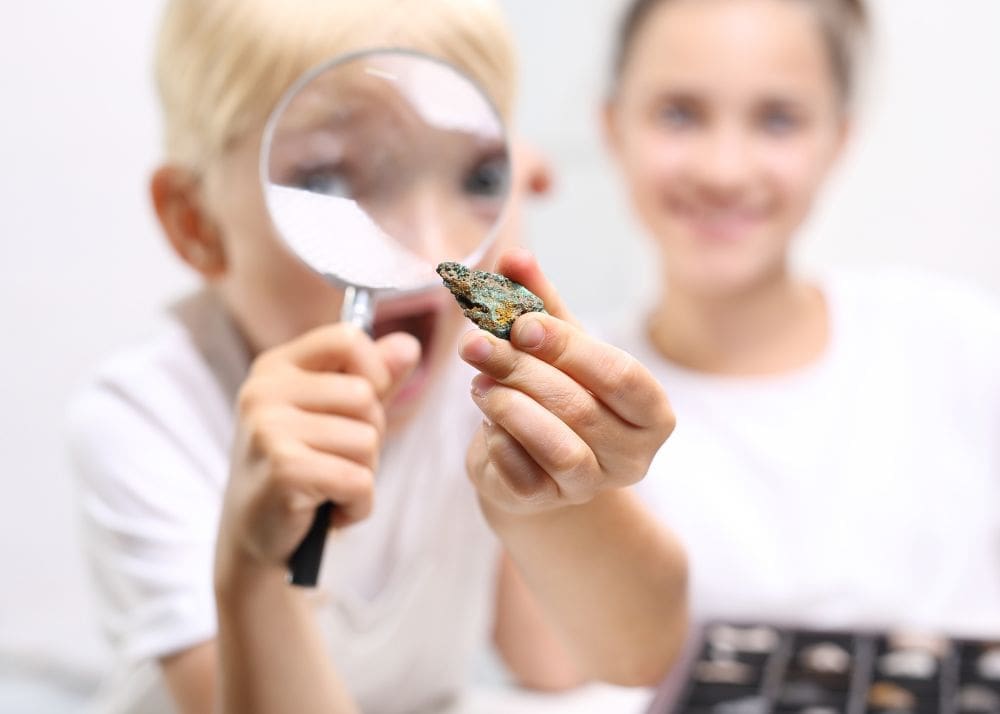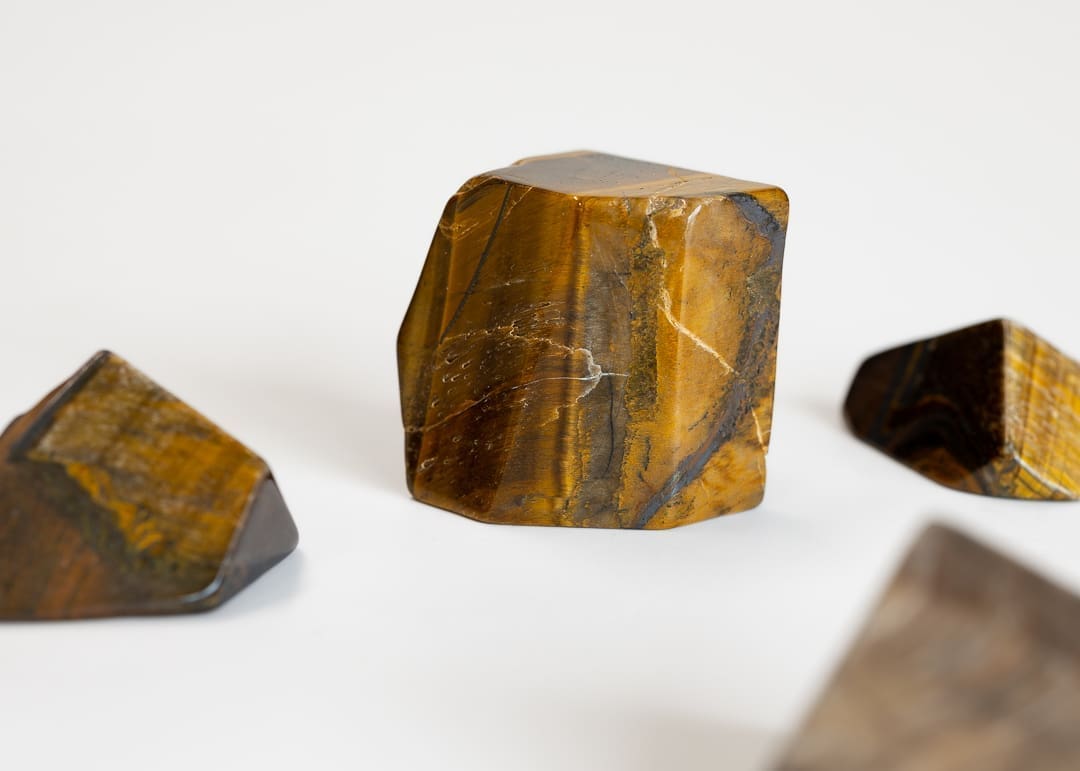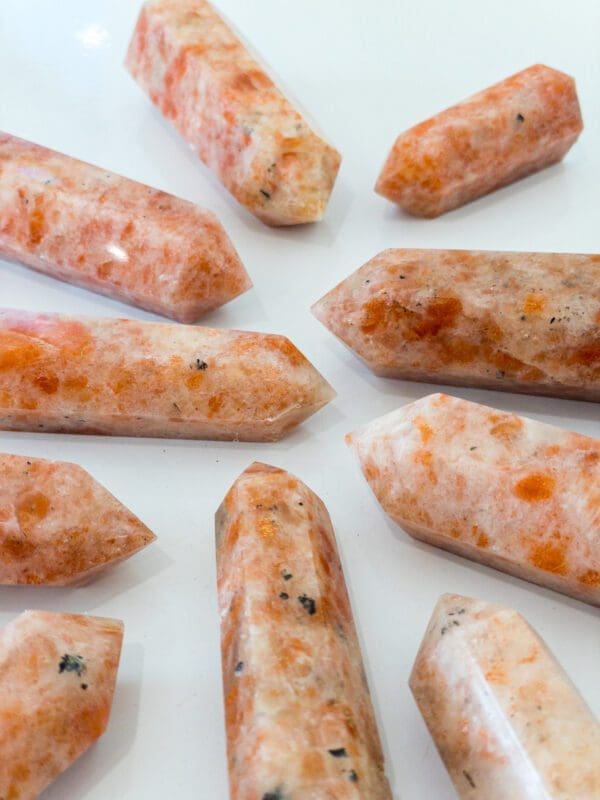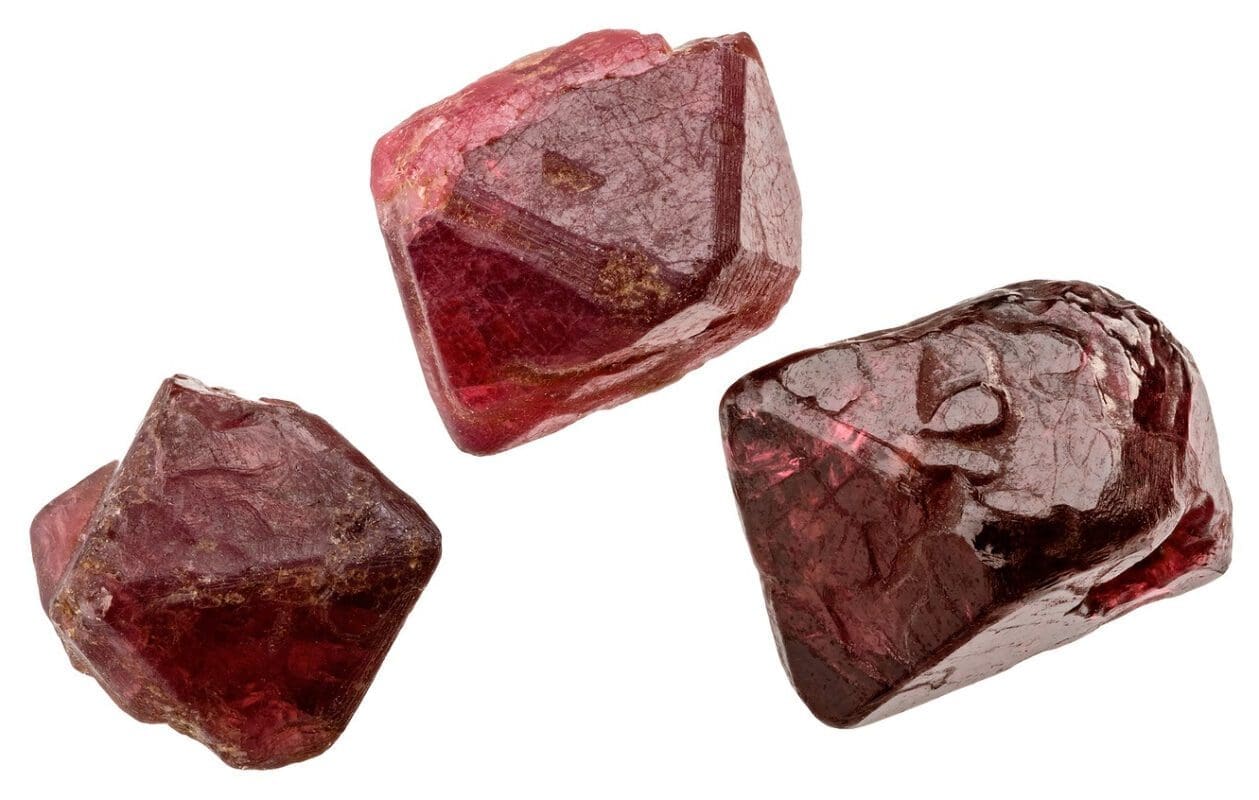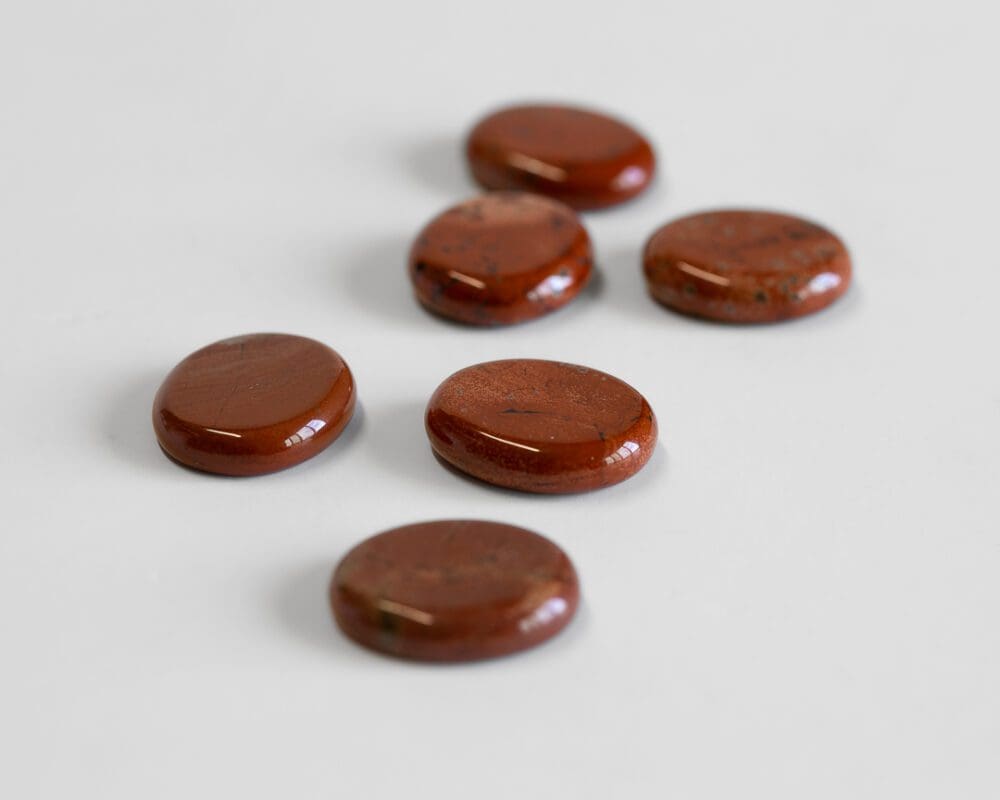Discover the Hobby of Mineral Collecting
Have you ever picked up a shiny rock and wondered about its story? Mineral collecting isn’t just picking up cool rocks; it’s a gateway to a world of adventure and learning that’s open to everyone from high schoolers to grandparents. This hobby connects us with nature and offers endless possibilities for discovery, whether you’re out on a trail or cozy at home.
The Allure of Minerals
Mineral Collecting can be thrilling because every mineral has its own tale. Some might be as old as the dinosaurs, while others could have formed when mountains were made. This hobby is like a treasure hunt where the prizes are pieces of Earth’s history. For students studying science or those who love nature, mineral collecting can make the past come alive in your hands.
Turning Rocks into Treasures
Finding a rough stone and turning it into something shiny and smooth is part of the magic of mineral collecting. It’s not just about the shiny end product; it’s the journey of uncovering the hidden beauty within a plain-looking rock. It’s a bit like a puzzle, where with a bit of work and polish, you get to reveal the secret beauty locked inside.
Curiosity Leads to Knowledge
When you dive into mineral collecting, you might start asking questions. How can I tell different minerals apart? What makes one mineral more precious than another? These aren’t just fun questions; finding the answers helps you learn more about geology and the world around us. It’s a hobby that can make you a bit of a rock detective, figuring out the clues that each stone offers.
A Shared Passion Across Ages Mineral collecting
is special because it’s something that can bring people together. It’s a shared interest that you can talk about with your family, friends, and even folks you’ve just met. No matter how old you are, the excitement of finding a new mineral can feel just as thrilling. It’s a pastime that doesn’t have an age limit and can be as simple or as deep as you want to make it.
Why Collect Minerals?
In wrapping up, think of mineral collecting as more than a hobby—it’s a way to connect with our planet’s story and with each other. It’s a pastime that invites us to look closer at the ordinary stones beneath our feet and discover the extraordinary stories they hold. For anyone who’s ever been curious about the natural world, mineral collecting offers a lifetime of enjoyment and learning.
FAQ
- What is mineral collecting? Mineral collecting is a hobby that involves gathering and studying various minerals from the environment. It’s a way to explore nature, learn about geological processes, and appreciate the history and beauty of the Earth.
- Why do people find mineral collecting appealing? Mineral collecting is appealing because it’s like a treasure hunt; each mineral has its own unique story and origin, some as ancient as the dinosaurs or as monumental as the formation of mountains. It connects people with Earth’s geological history in a tangible way.
- Who can participate in mineral collecting? Everyone from high school students to grandparents can enjoy mineral collecting. It’s a hobby that spans generations and can be adapted to any skill level or interest in science and nature.
- How does mineral collecting connect people with nature? This hobby provides a hands-on experience with natural elements, encouraging outdoor activities like hiking and exploration. It helps collectors understand and appreciate the natural world in greater detail.
- What can you learn from mineral collecting? Mineral collecting educates individuals about geology, mineralogy, and Earth’s history. Collectors learn to identify different minerals, understand their properties and formations, and gain insights into Earth’s geological processes.
- Can mineral collecting be a social activity? Yes, mineral collecting can be very social. It’s a shared interest that fosters discussions and connections among family, friends, and fellow enthusiasts. Collectors often join clubs or online communities to share their finds and knowledge.
- What are some ways to start mineral collecting? Beginners can start by reading about minerals, joining a local mineral club, visiting museums, or exploring areas known for geology. Basic tools like a good field guide, a sturdy hammer, and a magnifier can help new collectors get started.
- How do collectors determine the value of a mineral? The value of a mineral can be determined by several factors, including its rarity, aesthetic appeal, size, and the perfection of its crystal form. Some minerals are valued more for their scientific interest than their appearance.
- What is the transformation process in mineral collecting? Collectors often find rough stones that they can clean, cut, and polish to reveal hidden beauty. This transformation process is part of the excitement of the hobby—turning ordinary rocks into treasured specimens.
- What are the long-term benefits of mineral collecting? Mineral collecting offers a lifetime of learning and adventure. It provides a deeper connection to the Earth, enhances scientific knowledge, and fosters a community of like-minded individuals. It can also be a relaxing and rewarding pastime that enhances one’s appreciation for the small wonders of the planet.

